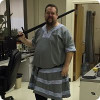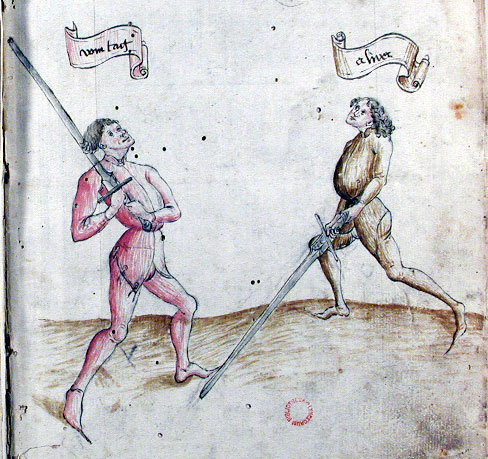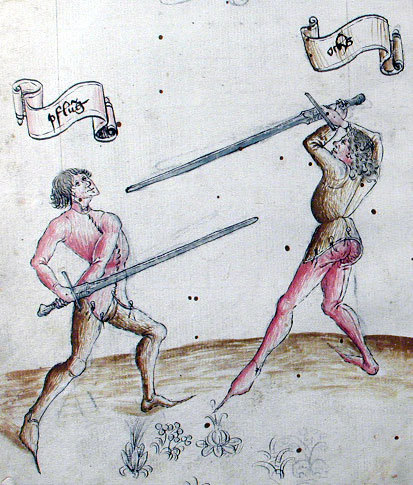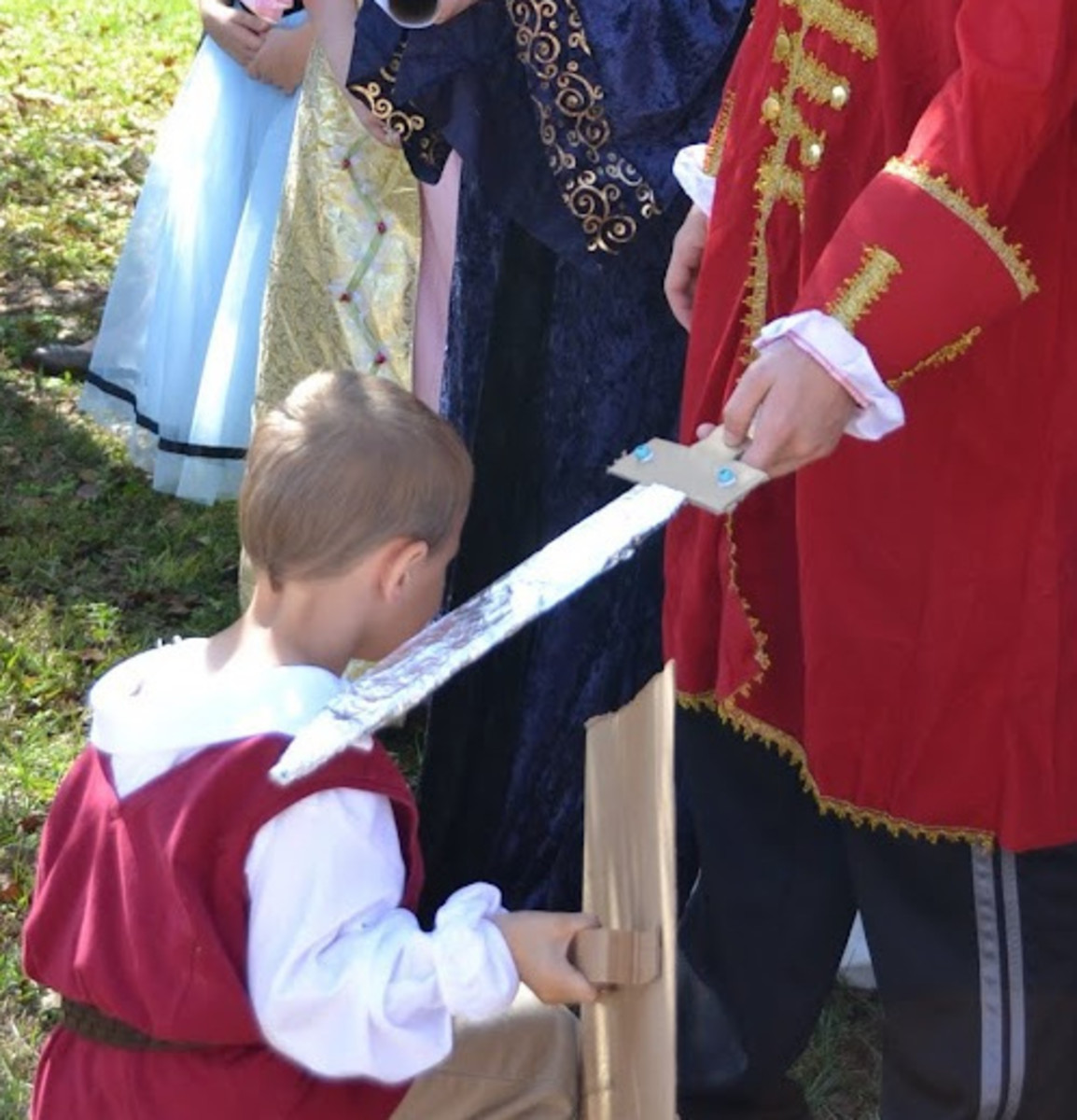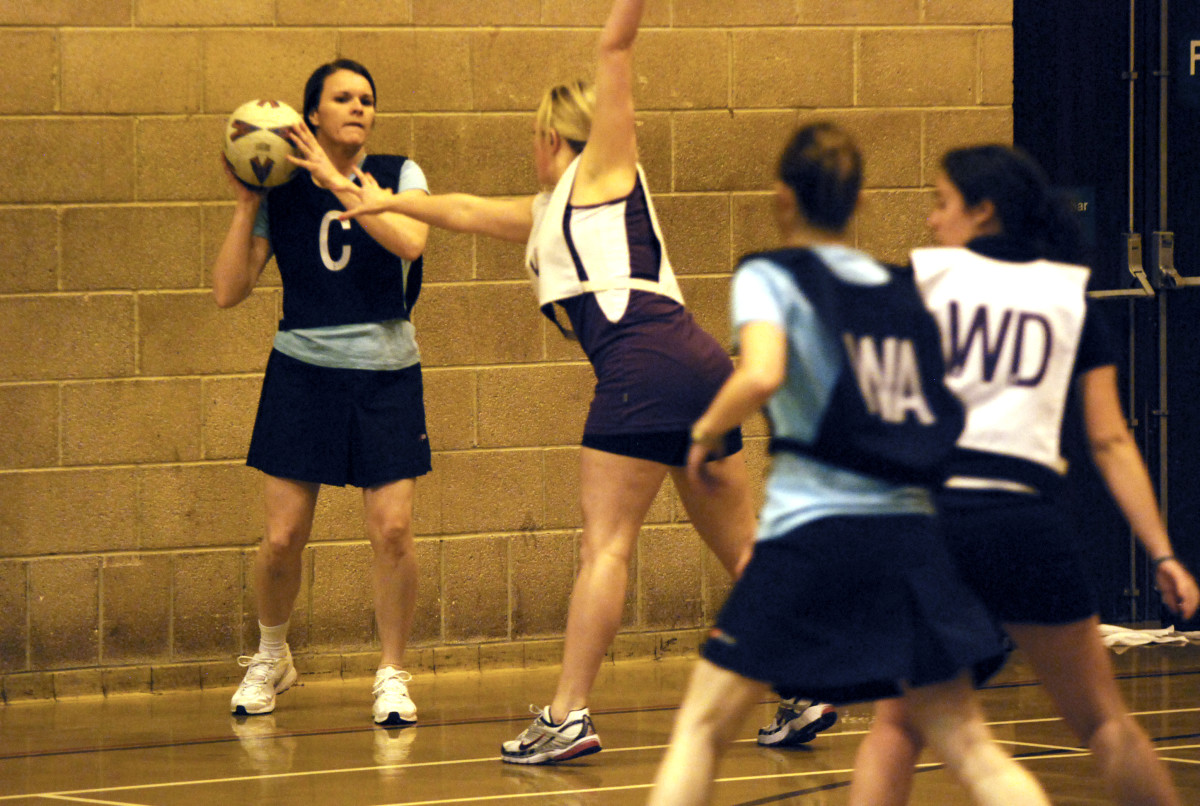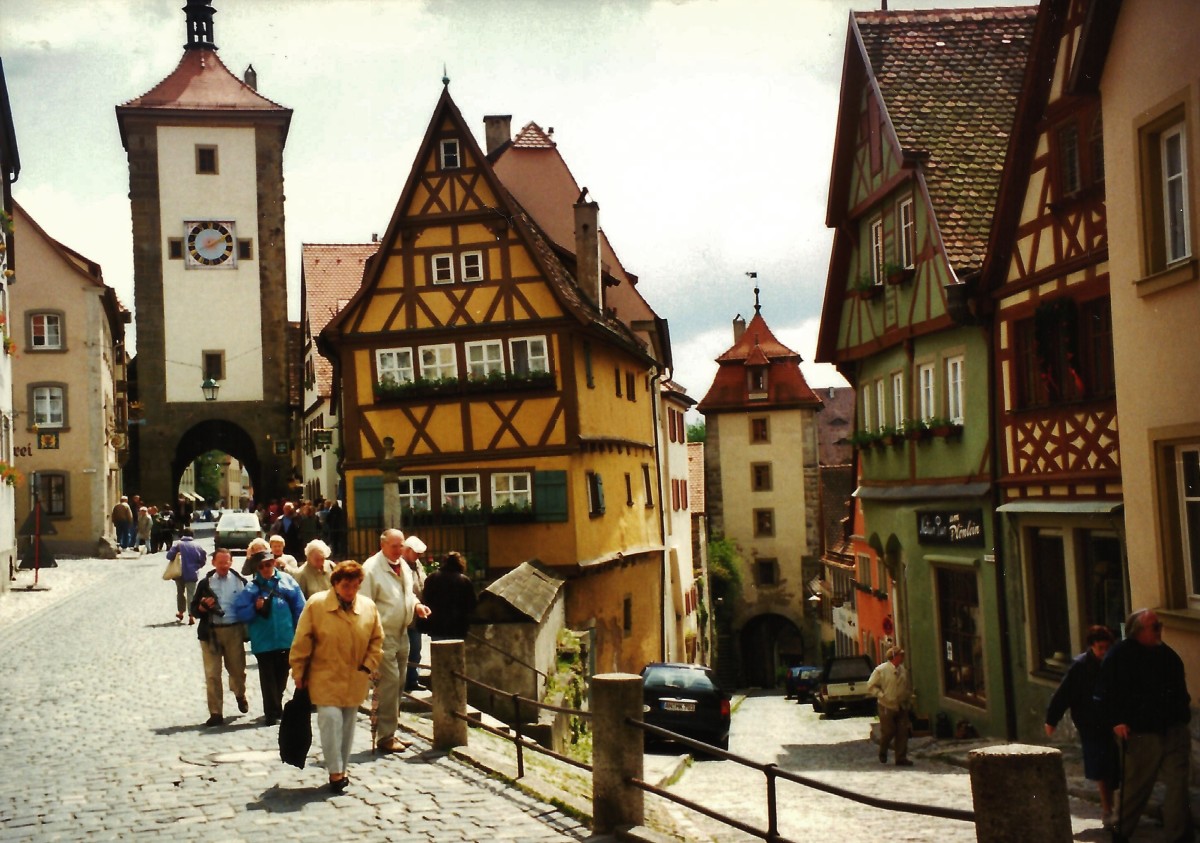German Longsword Training Drills
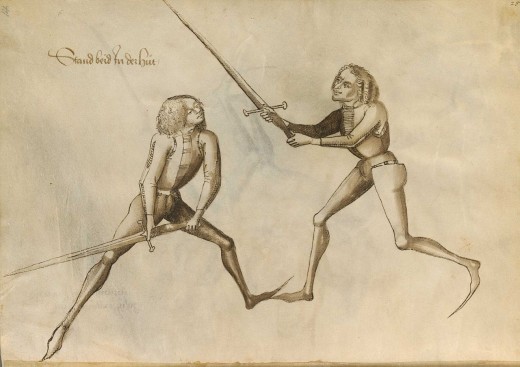
Medieval Swordfighting
I was first introduced to western martial arts through my activities with the SCA. I fought heavy mainly, which in the SCA means fighting with a wooden sword in armour. An injury brought an end to my heavy fighting though and I branched out, I learned some fencing but never got too interested. I focused more on archery and the arts and sciences becoming particularly interested in Medieval Games. However recently a friend bought me a Cold Steel Hand and a Half practice sword. I had seen some fencing with German Longsword in the past, but never got a chance to try it. The practice sword gave me the urge to attempt to learn to fight German Longsword.
Longsword is covered under Cut and Thrust in the SCA, a fencing style that requires a little more armour than normal and allows for more forceful hits than fencing normally allows. I have started training, for this style, but have yet to actually face an opponent. Solo and group drills allow you to get a feel for a sword before you face off in combat, which will in the long run make you a better fighter.
The Defensive Forms
Mastering the four basic defensive forms will make you able do defend from any attack. The five stances are known as Ochs or Ox, Pflug or Plow, Alber or Fool, and the VomDach/Vom Tag or From the Roof. The forms are designed so you can flow from one to the other seamlessly. If you practice the forms you should be able to stand your ground in any longsword fight.


Vom Tag
Vom Tag is an overhead guard meant to easily strike down from above. Unlike the other guards this one has three positions, directly over head, to the right, and to the left. This is not so much a defensive guard but an offensive one. Poised in this position if a foe ran in he would be at your mercy.
Ochs
The Ox is so named because the sword imitates the horns of an ox. The sword is raised above your head with the sword hilt on the left or right of your head and raised slightly above eye level. If the sword is on your right side your right foot should be back and left foot forward. If you switch sides your feet should also switch sides. This guard allows you to guard against overhead attacks and move into a thrust as soon as you block.
Pflug
The Plow guard is a lower guard that allows you to defend your torso and again make quick thrusts. If you are holding the sword to the right your right foot should be back and your left foot forward the hilt should be at your hip with the tip of the sword pointed towards your opponents head.
Alber
The Fools guard has the tip of the sword pointed to the ground. As with the other guards if you have the sword on the right then the right foot is back and left foot forward. The position is called fools guard because it fools your opponent into thinking you are open, when in fact from this position you can easily parry, thrust, or slash.
All Four Basic Guard Forms In One Drill
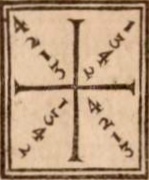
Meyer's Square
The Meyer in question here is Joachim Meyer who wrote a treatise on German Longsword in 1570. This treatise is considered one of the best sources as a training manual. Reprints of English translations are rare and quite expensive, but rumours among fans of the manuscript is that a new edition is due out soon. We can only hope I suppose.
Meyer's square is a simple sign that can be put on a wall to use for cutting drills to improve your form and increase your power. It is essentially a cross with extra diagonal lines. These lines act as a guide for various drills.
Mayer's Square Full Cut Drill
Meyer's Square Half Cut
© 2014 Jeff Johnston
